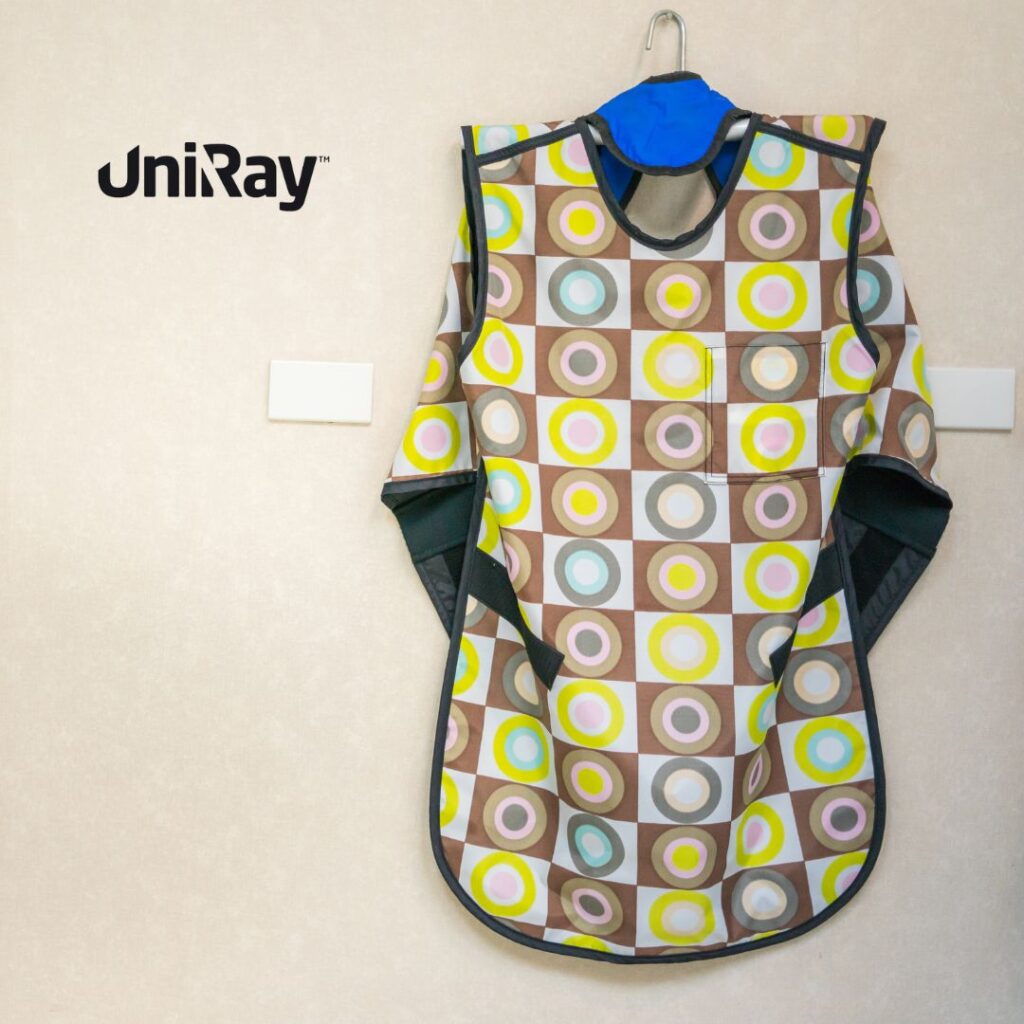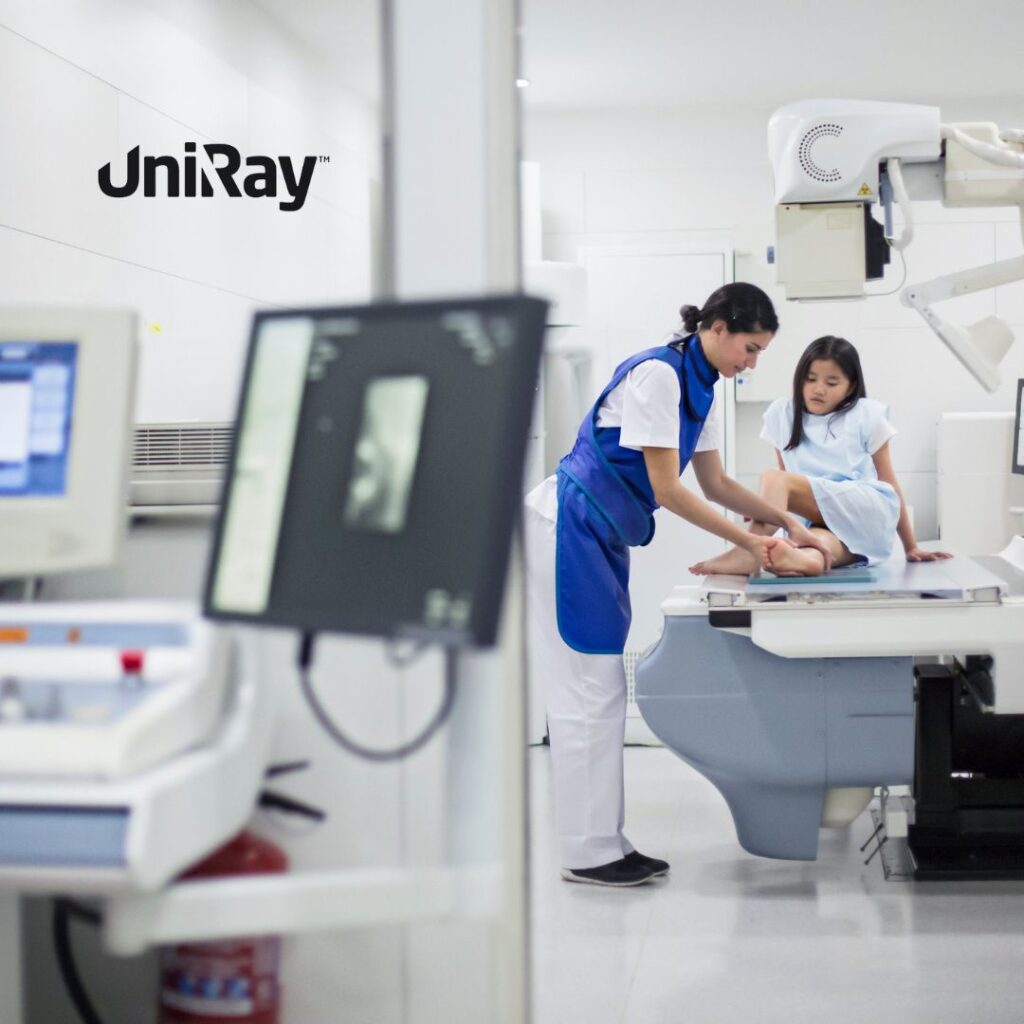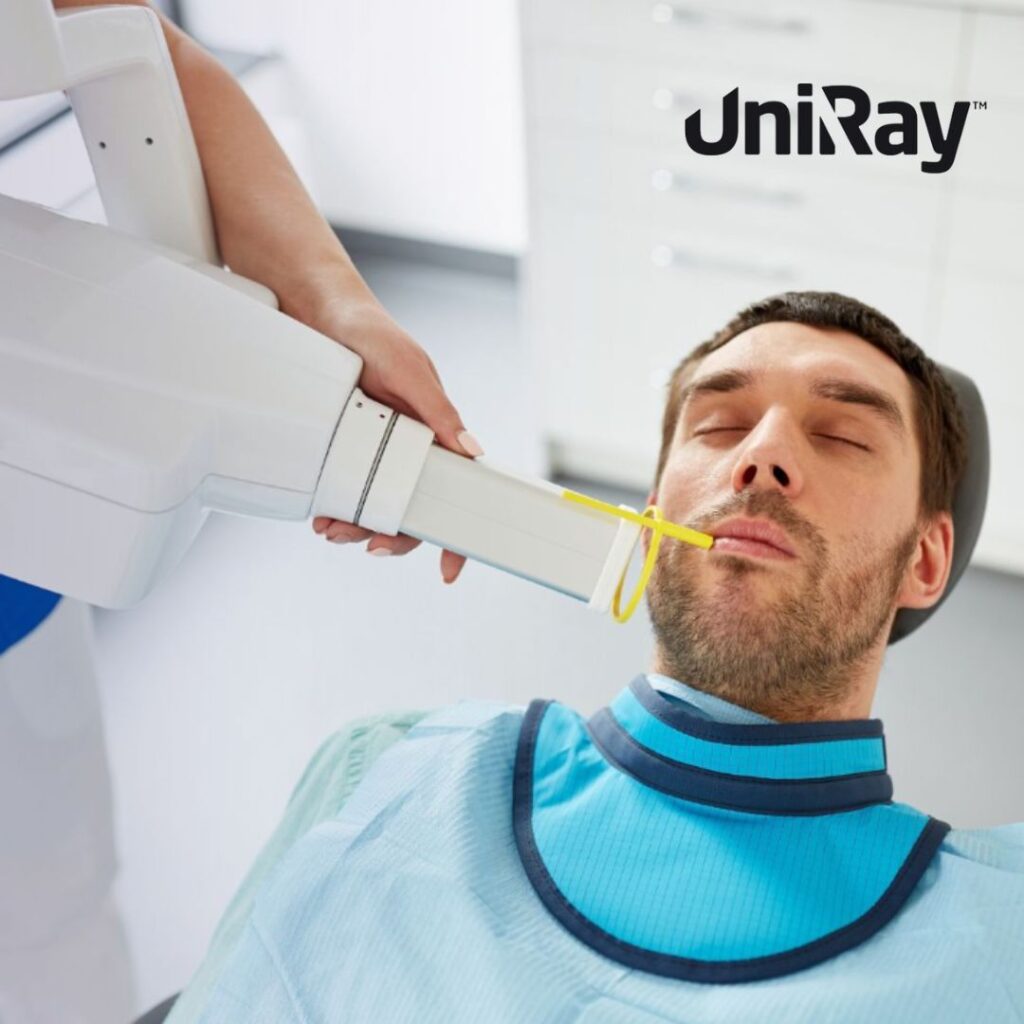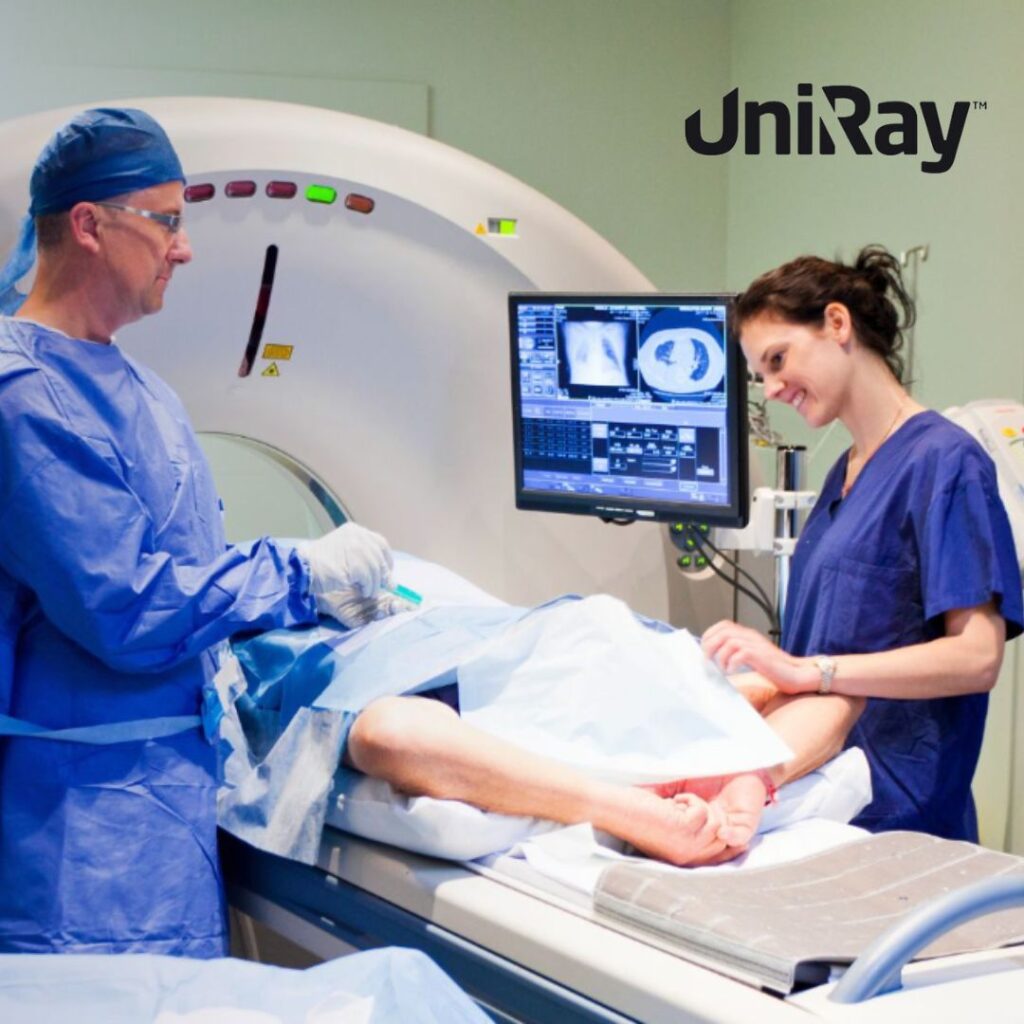Radiation protection is a crucial consideration for healthcare professionals and technicians who work in environments with frequent exposure to X-rays. One of the most essential protective measures is wearing a lead apron, which acts as a shield against harmful radiation. However, the weight of a lead apron plays a significant role in both protection and comfort. Finding the right balance ensures that medical professionals can work efficiently without unnecessary strain while maintaining optimal protection. Lightweight lead aprons have gained popularity as they reduce fatigue without compromising safety, making them a preferred choice in modern healthcare settings.
Understanding Lead Aprons and Their Importance
The Role of Lead Aprons in Radiation Protection
Lead aprons serve as a barrier against ionizing radiation, absorbing and reducing radiation exposure to vital organs. X-ray radiation can have detrimental effects on human tissues, and prolonged exposure increases health risks. By wearing a lead apron, healthcare professionals can significantly minimize radiation absorption, safeguarding their well-being while performing diagnostic imaging procedures.
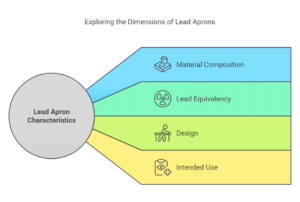
Factors That Determine Lead Apron Weight
The weight of a lead apron depends on several factors, including the material composition, lead equivalency, design, and intended use. Traditional lead aprons are made from pure lead sheets, which provide excellent protection but are relatively heavy. Modern advancements have introduced alternative materials such as lead composite and lead-free aprons, which are designed to reduce weight while maintaining radiation-blocking capabilities. The choice of material affects the overall weight and comfort, influencing daily wearability for professionals.
Comparing Different Lead Apron Materials
Traditional Lead Aprons
Traditional lead aprons contain high-density lead, ensuring maximum radiation attenuation. These aprons typically weigh more but provide robust protection against scatter radiation. They remain a reliable option for high-exposure settings but can cause discomfort and fatigue when worn for extended periods.
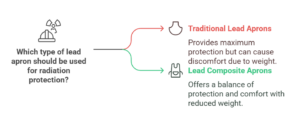
Lead Composite Aprons
Lead composite aprons use a blend of lead and other lightweight metals, reducing overall weight while maintaining effective radiation shielding. These aprons are a practical compromise between traditional lead and newer alternatives, offering improved comfort without sacrificing protection.
Lead-Free Aprons
Lead-free aprons are made using non-toxic, lightweight metals such as tungsten, bismuth, and antimony. These materials provide comparable radiation protection to lead but significantly reduce weight. They are an excellent choice for individuals seeking eco-friendly, lighter, and more ergonomic options without exposure to lead-based materials.
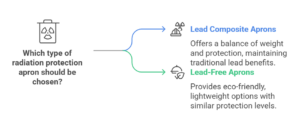
How to Choose the Right Lead Apron Weight
Considering Protection Levels
Lead aprons come in different lead equivalencies, typically ranging from 0.25mm to 0.50mm Pb. Higher lead equivalency provides greater protection but also increases weight. Healthcare professionals must assess their specific work environment and exposure levels to determine the appropriate balance between protection and comfort.
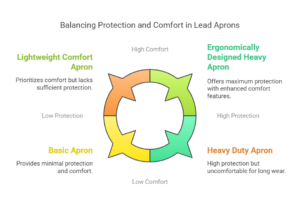
Evaluating Comfort and Ergonomics
Wearing a heavy apron for long shifts can lead to physical strain, back pain, and fatigue. Ergonomically designed aprons with padded shoulders, adjustable straps, and weight-distributing designs help alleviate discomfort. Choosing an apron that minimizes strain while providing sufficient coverage enhances workplace efficiency and well-being.
Mobility and Flexibility Requirements
Different medical professionals have varying mobility needs. Radiologic technologists performing frequent movements benefit from lightweight, flexible aprons, while stationary practitioners may prioritize maximum shielding. Selecting an apron tailored to specific job demands ensures comfort and ease of movement.
Benefits of Lightweight Lead Aprons
Reduced Fatigue and Strain
Lightweight lead aprons lessen the physical burden on healthcare professionals, reducing fatigue and musculoskeletal strain. This enables longer work hours without compromising comfort or performance.
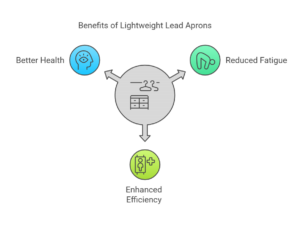
Enhanced Workplace Efficiency
A comfortable, lightweight apron allows professionals to move freely, improving efficiency during procedures. Less physical strain translates to better concentration and precision in patient care.
Better Long-Term Health
Prolonged use of heavy aprons can contribute to chronic back pain and orthopedic issues. Opting for a lightweight alternative helps prevent long-term health complications, promoting overall well-being.
Future Trends in Lead Apron Design
Advanced Material Innovations
Ongoing research focuses on developing even lighter, high-performance radiation shielding materials. Nanotechnology and advanced composites may further revolutionize lead apron design, offering unparalleled protection with minimal weight.
Custom-Fitted Aprons for Personalized Comfort
Future aprons may incorporate 3D scanning and custom-molding technology to create perfectly fitted, ergonomic designs. Customization ensures that professionals receive maximum protection with an optimal weight distribution tailored to their body shape.
Smart Radiation Protection Gear
Technological advancements may introduce smart radiation gear with integrated sensors that monitor radiation exposure levels. Wearable technology could provide real-time feedback, allowing professionals to adjust protection based on exposure risks dynamically.
Conclusion
Choosing the right lead apron weight is essential for balancing protection and comfort. Understanding the materials, lead equivalency, and ergonomic designs helps professionals make informed decisions. With advancements in lightweight materials and ergonomic enhancements, healthcare workers can now enjoy better mobility and reduced fatigue while ensuring optimal radiation protection. Investing in the right protective gear, such as an X-ray apron, significantly contributes to workplace safety and long-term health.
